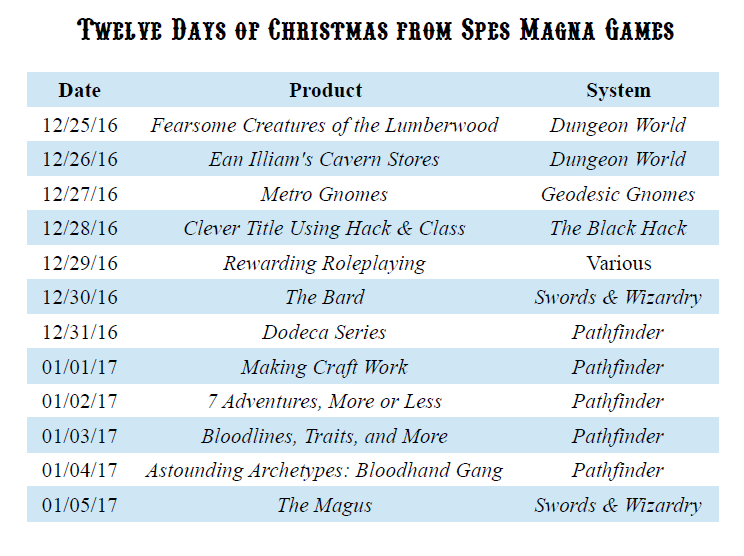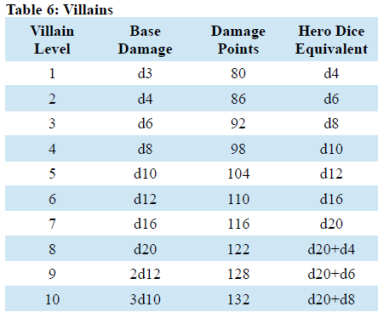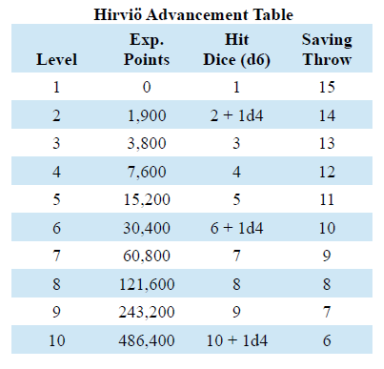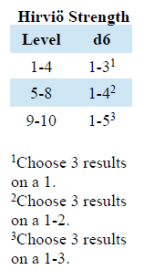Thoughts about superhero gaming in general as rough drafted in The Four Color Hack.
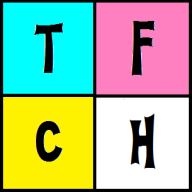
The first step to playing your comic book is to get all of the players together. One player assumes the role of the Editor. The Editor referees the game during play. Also, the Editor prepares Events and Issues, including the various villains and regulars that the heroes may encounter during a game session. The other players will assume the roles of the Writers, whose job it is to create a hero and determine what that hero does when, where, why, and how during the game.
For your first session, the main goal is to have fun creating the setting and the heroes that your comic book will be about. Don’t worry about figuring out every single detail of your comic book’s setting. Right now, you just need to answer some of the big picture questions that help define your setting in somewhat broad terms. If you want to get really serious about setting creation, I heartily recommend Microscope by Ben Robbins as the best collaborative roleplaying game for creating a campaign background.
Style
Every setting has a certain style and a certain focus. The styles can be divided into four broad categories: Humor, Four Color, Cinematic, and Gritty.
Humor: Think zany. Think older cartoons such as Mighty Mouse or The Impossibles. Think newer cartoons such as Freakazoid! or Darkwing Duck. Think Adam West and Burt Ward being menaced by an egg-wielding, bald Vincent Price. No ever gets killed or even seriously hurt, and evil the wickedest villain’s schemes have a strong dose of silliness.
Four Color: The heroes are definitely the good guys, the villains are certainly bad, but the tone seldom ventures too deep into darkness. We expect the good guys to win, and the fall out from the villains’ schemes seldom have dire, lasting effects. A Four Color world is also a black and white world. Contrasts are sharp, and the lines between right and wrong are clear and inflexible. Think of stories such as the Silver Age Justice League of America. Think of the Comics Code era and its restrictions on graphic violence, sexuality, et cetera.
Cinematic: Shifting to Cinematic, we find that our heroes are less like mythic figures and more like ordinary people with extraordinary abilities. The action tends to be melodramatic, focusing on a sensational series of events that play on emotions while avoiding too much character development. Many of the big-budget motion pictures depicting superheroes fit into the Cinematic style. So too do some of the more recent comic books, such as Marvel’s Guardians of the Galaxy and Uncanny Inhumans. Cinematic stories might tackle real-world issues, but usually in a ham-fisted manner, ignoring nuance and even accuracy in order to emphasize melodramatic elements.
Gritty: This style seeks to emulate the real world while emphasizing those elements of life that create ambiguity, uncertainty, and apprehension. People in the Gritty style still believe in right and wrong, but those with strong moral convictions often face existential challenges that threaten to undermine or even destroy their certainty. Real-world issues are a mainstay of the Gritty style, and heroes that face strong temptations to resort to extreme measures that blur the line between heroism and villainy. The late 80s to early 90s series starring the Shadow written by Gerard Jones and Eduardo Barreto fits the Gritty style. So too does the recent Netflix series Daredevil and Jessica Jones.
Focus
The foci can likewise be divided, but into three broad categories: Street, Superhero, and Cosmic.
Street: This focus keeps most of the story confined to a particular city or part of a city. The heroes seldom stray too far from their stomping grounds, and, when they do, they usually end up involved in another city’s Street focus. The villains’ plans likewise tend to be localized and don’t usually require widespread destruction. Examples include the aforementioned Daredevil series and many stories involving Spider-Man and Batman.
Superhero: The heroes’ sphere of concern expands to encompass an entire nation or perhaps the world itself. The heroes are likely to be jetsetters, traveling long distances in their efforts to thwart villainous plots that might affect millions, even billions, of people. Marvel’s The Avengers and DC’s Justice League of America exemplify this focus.
Cosmic: As you’ve probably deduced, a Cosmic focus means the heroes travel from planet to planet, maybe even from galaxy to galaxy, in their quest to fight the forces of evil. Jim Starlin’s thoroughly awesome Dreadstar exemplifies the Cosmic focus.
Keep in mind that neither style nor focus speak definitively about the power levels of either the heroes or villains. Gotham’s most famous masked vigilante has regularly had adventures across all three foci, and he’s run the gamut of styles from Humor to Gritty.
Period
When does your comic book take place? Today? Some time in the recent past, such as the 1960s with the Cold War at its height? The most distant past, such as the American Revolution, Augustus Caesar’s Roman Empire, or maybe further back when the ancient Israelites fought to conquer the land they believed had been promised to them? If the present day or the past don’t interest you, there’s the uncharted decades or centuries of the future waiting for your heroes.
Genre Crossovers
Is your comic book going to be a straight-up superhero saga, or do elements from other genres appear? If the heroes all work for a secret government agency, then spies and intrigue enter the picture. Have strange visitors from distant worlds made contact with your comic’s world? If so, then all sorts of possibilities from “To Serve Man” on The Twilight Zone and The War of the Worlds to the more recent Defiance television series make themselves available. Perhaps all of the heroes are high school kids dealing not only with villains but also social pressures and homework?
To Trope or Not to Trope
Superhero comics, like any genre, tend toward certain conventions or patterns. The colorful, skin-tight costumes worn by most superheroes, for example, is a nearly ubiquitous trope. Hardly anyone in Metropolis thinks its odd that the Man of Steel wears his underwear outside his tights. Many superheroes also have romantic difficulties ranging from missing dates because Professor Evil is at it again to having loved ones kidnapped or attacked. In short, you should decide on two or three tropes that your comic book embraces and two or three tropes that your comic book downplays or avoids entirely.
Tags: Spes Magna Products, TFCH
